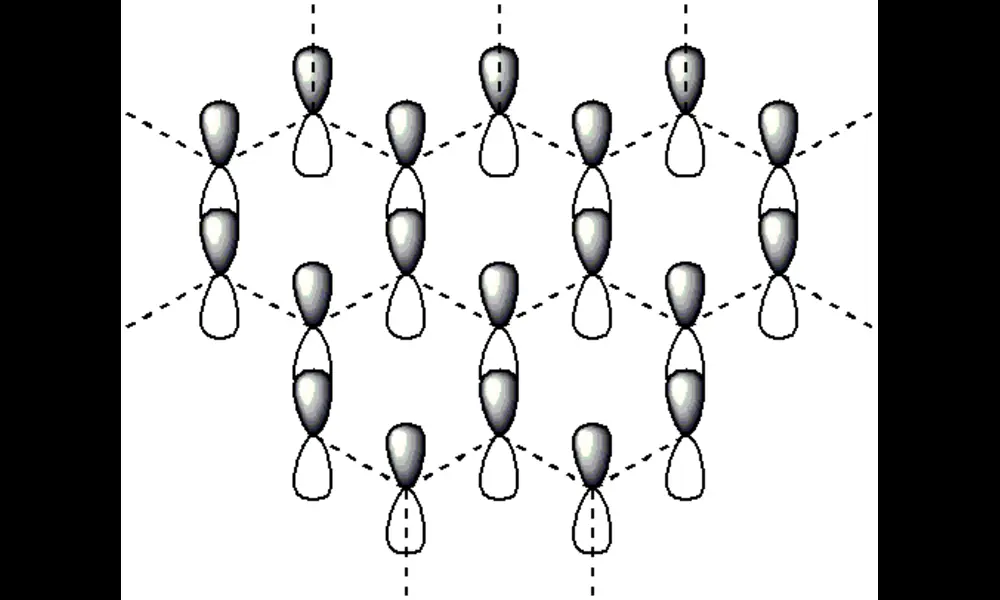Improved Understanding of Insomnia Used in New Medications
Published on Sun Sep 17 2023 Insomnia | Choo Yut Shing on Flickr
Insomnia | Choo Yut Shing on FlickrA recent preprint paper has highlighted some innovative approaches to treating insomnia, a common sleep disorder that affects 15% of the global population. Insomnia can have a significant impact on an individual's quality of life, leading to fatigue, mood instability, and poor social integration. While current pharmacological treatments for insomnia, such as benzodiazepines, have limitations in terms of efficacy and safety, this paper explores new targets and compounds that show promise for improving sleep-wake regulation and addressing the symptoms of insomnia.
The paper explains that sleep-wake regulation involves two main processes: the circadian process, synchronized with the light-dark cycle over a 24-hour period, and the homeostatic process, which generates a sleep drive or pressure. It also discusses the role of various neurotransmitters and brain structures in promoting wakefulness and inducing sleep.
The paper delves into the neurobiology of insomnia, highlighting the excessive activation of arousal systems in the central nervous system as a key factor. Genetic and epigenetic factors also play a role in the development of insomnia. Certain polymorphisms have been associated with insomnia, particularly those involved in neuronal excitability, stress reactivity, and mental health.
While current insomnia treatments focus on enhancing the signaling of GABA, an inhibitory neurotransmitter, the paper explores novel targets for manipulating the sleep-wake cycle. Two promising targets are the orexin/hypocretin system and the histaminergic system. The paper explains the role of these systems in promoting wakefulness and how inhibiting them could potentially induce sleep.
Novel Drugs for the Management of Insomnia
The paper discusses two classes of drugs that are being researched for the treatment of insomnia: dual orexin receptor antagonists and H3 receptor inverse agonists. Dual orexin receptor antagonists have shown promise in clinical trials, promoting sleep and improving sleep architecture. Meanwhile, H3 receptor inverse agonists, such as pitolisant, have demonstrated efficacy in promoting wakefulness during the day and may be beneficial for managing fatigue secondary to insomnia.
The paper highlights the potential advantages of these novel drugs over traditional benzodiazepine treatments. The ability to restore normal sleep architecture and the improved side effect profile of these drugs make them promising alternatives. Ongoing clinical studies are expected to provide more insights into their benefits and limitations.
With these advancements, individuals suffering from insomnia can have hope for improved pharmacological options in the future. By targeting specific neurotransmitter systems involved in sleep-wake regulation, these novel drugs may provide effective relief for the symptoms of chronic insomnia.
Mentioned Parmaceuticals: Dual orexin receptor antagonists; Almorexant; Suvorexant; H3 receptor inverse agonists; Pitolisant. See the original preprint below for more info.



